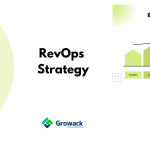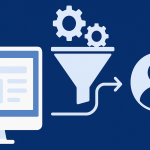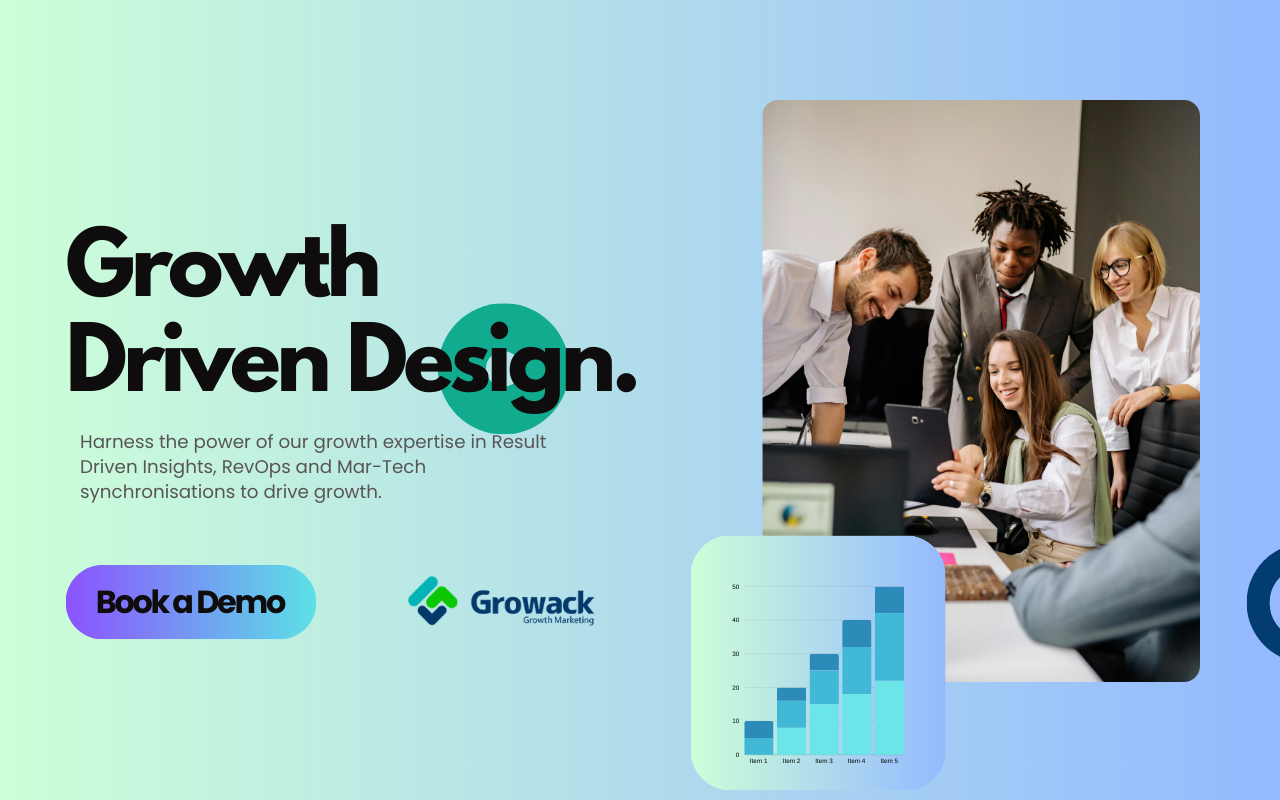
How Growth-Driven Design Accelerates Website Performance and Conversions
The traditional web design model is totally broken. Whether you’re an agency or a business, it leaves you extremely vulnerable to a number of risks and often does not produce optimal results. Growth-Driven Design is the new gold standard for delivering results and bringing measurable business value through web design. It is a smarter, agile and data-driven approach that minimizes the pitfalls of traditional web design and produces high-performing websites.
Why Traditional Web Design Is Broken and How Growth-Driven Design Solves It
Introduction
Traditional web design is a flawed process that drains time, money, and resources while failing to deliver optimal results. For years, businesses and agencies have adhered to this outdated approach, unaware of the risks it imposes on their operations and growth potential. Growth-Driven Design (GDD) offers a smarter, more agile, and data-driven alternative to traditional web design, transforming websites into high-performing assets that deliver measurable business value.
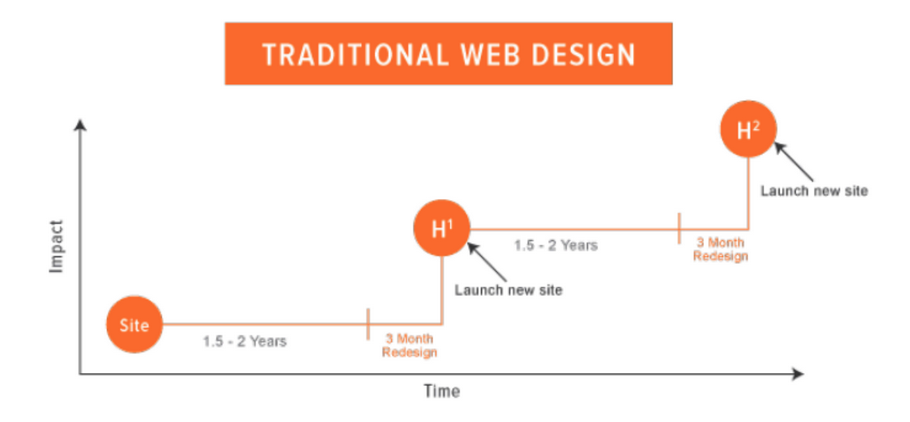
The Pitfalls of Traditional Web Design
Your Website: The Cornerstone of Marketing Your website is your most valuable marketing asset, serving as the first point of contact for many potential customers. It’s where prospects gather information about your products or services, with many completing up to 70% of the sales process before reaching out to your team. Despite its critical role, the traditional approach to website design is fraught with inefficiencies.
The Traditional Website Redesign Process If your last website redesign felt like a stressful ordeal, you’re not alone. Traditional web design projects often require extensive resources, time, and upfront costs, only to result in minimal post-launch improvements. Here are some of the key risks:
- Large Upfront Costs: Building a website for a small to medium-sized business (SMB) typically costs between $15,000 and $80,000. These expenses are paid upfront, often without clear evidence of the site’s future performance.
- Prolonged Timelines: On average, a traditional website redesign takes three months to complete. This process monopolizes internal resources and delays time-to-value.
- Missed Deadlines and Budget Overruns: With so many moving parts, traditional web design projects frequently exceed budgets and timelines, creating frustration and tarnishing credibility.
- Static and Underperforming Sites: Post-launch, most websites remain static for 1.5 to 2 years, with only minor updates. This lack of continuous improvement undermines their potential as high-performing assets.
The Shift Marketers Need to Make
To maximize website performance, businesses must pivot to a new process—one that’s agile, data-driven, and built to continuously improve. Enter Growth-Driven Design.
What is Growth-Driven Design?
Growth-Driven Design is an iterative web design approach that minimizes risks and optimizes results. Unlike traditional design, GDD emphasizes:
- Data-Driven Strategies: Design decisions are informed by real user behavior and analytics rather than subjective hypotheses.
- Agility: Websites are built incrementally, allowing for quick adjustments and improvements based on user feedback.
- Continuous Improvement: The process doesn’t end at launch. Instead, it involves ongoing updates to enhance performance and align with evolving business goals.
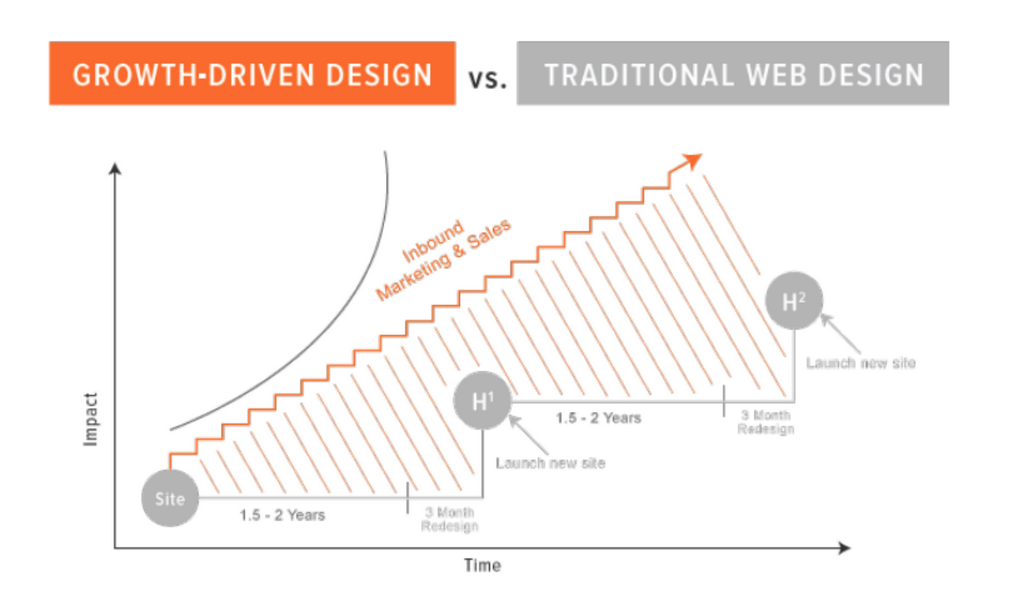
By embracing GDD, businesses can avoid the pitfalls of traditional web design and unlock the full potential of their websites as powerful marketing and sales tools.
A Smarter Way to Think About Web Design
Growth-Driven Design is a completely new approach and way of thinking about building and growing your website.
The Three Pillars of Growth-Driven Design
- Minimize risks associated with traditional web design: By adopting a systematic approach, GDD shortens the time to launch and focuses on real impact through continuous learning and improvement.
- Continuously learn and improve: Constant research, testing, and learning about visitors inform ongoing website enhancements, leading to peak performance.
Align with marketing and sales goals: Insights gained from GDD help refine marketing and sales strategies, creating a seamless feedback loop between website performance and business objectives.
The Growth-Driven Design Process
The Growth-Driven Design process is divided into two major phases:
Strategy
The first stage of GDD mirrors the initial steps of traditional web design but adds an emphasis on data and user-centric planning. Key components of this phase include:
- Goals: Define performance objectives for the website that align with broader marketing and business goals.
- Personas: Develop detailed profiles of target audience groups to inform design and content strategies.
- Quantitative Research: Conduct a thorough audit of the current website’s performance, analyzing usage data and identifying areas for improvement.
- Qualitative Research: Engage directly with users to validate assumptions and uncover deeper insights into their needs and behaviors.
- Fundamental Assumptions: Use research findings to establish key assumptions about user behavior, value propositions, and design priorities.
- Global & Page Strategy: Create a detailed roadmap for the website, including overarching strategies and page-specific plans to engage users effectively and achieve goals.
Developing Your Wishlist
Once the strategy phase is complete, the next step in the GDD process is to create a wishlist. This involves brainstorming a comprehensive list of creative and impactful ideas for the website. Key brainstorming topics include:
- Key website sections and pages
- Marketing assets, tools, and resources
- Specific features and functionality
- Design elements and user experiences
- Customizations based on device, location, or user type
The goal is to generate a list of 50-150 ideas, which will later be refined into actionable priorities for implementation.
Launch Pad Website
Unlike traditional web design, where launch marks the end of the process, GDD treats the launch as the beginning. The Launch Pad website is a streamlined, high-impact version of your site designed to go live quickly. Key characteristics include:
- Rapid Development: Focus on the essential 20% of features and content that deliver 80% of the impact.
- Room for Growth: The Launch Pad serves as a foundation for continuous improvement, evolving based on user feedback and data.
Prioritizing Your Wishlist
To identify the core items for your Launch Pad website, perform an 80/20 analysis of your wishlist. Ask the following questions:
- Is this feature a “must-have” or “nice-to-have”? Eliminate non-essential items for launch.
- Can this feature be implemented post-launch? Focus on items that are critical for immediate impact.
Hypothesis Statements for Core Features
For each priority feature, develop a hypothesis statement that outlines its expected impact and guides its implementation. This ensures alignment with overall goals and facilitates testing and evaluation.
Final Thoughts and Next Steps
Growth-Driven Design transforms web design into an ongoing process of improvement and optimization. By focusing on agility, data-driven decisions, and continuous learning, GDD ensures that your website remains a powerful tool for business growth. If you’re ready to take your digital presence to the next level, start exploring GDD today.
Summary of Growth-Driven Design
The Growth-Driven Design methodology offers a structured approach to creating and evolving high-performing websites. Here’s a breakdown:
- Hypothesis Statements for Clarity: Articulating hypotheses for each action item ensures alignment with goals. Each hypothesis defines expected impact, effort required, metrics to measure, and completion criteria.
- Web Process Steps: Developing a Launch Pad website involves structured steps like messaging, UX, wireframes, design, and testing.
- Data Collection: Setting up qualitative and quantitative tracking around goals and hypotheses allows for continuous learning post-launch.
- Growth-Driven Design Cycle: The process involves planning impactful changes, developing them as experiments, learning from data, and transferring insights across the business.
- Persona-Centric Focus: Every action is evaluated for its value to user personas, ensuring customer-centric development.
- Iterative Approach: By continuously repeating the GDD cycle, businesses refine their websites, learn more about their users, and drive impactful results over time.
By embracing GDD, businesses can replace static, underperforming sites with dynamic platforms that drive measurable growth. It’s time to rethink web design and unlock the full potential of your online presence.

